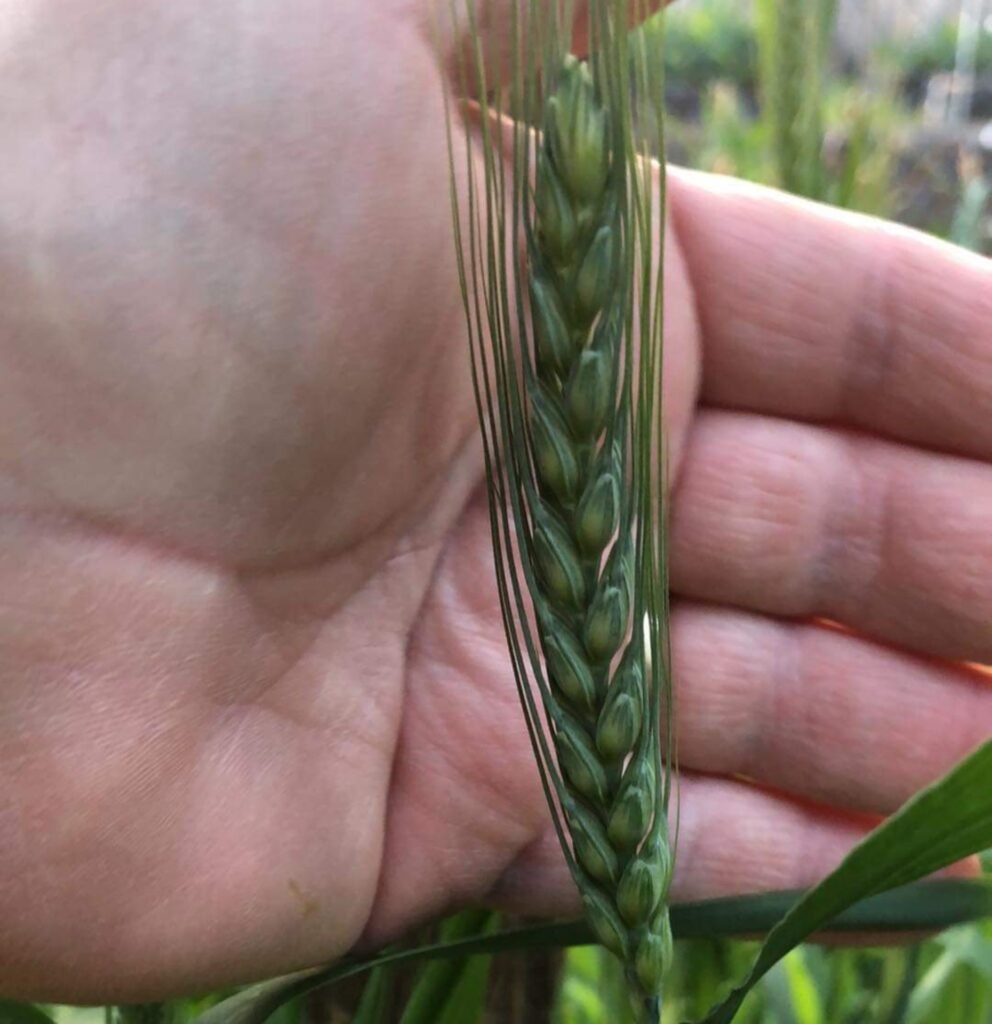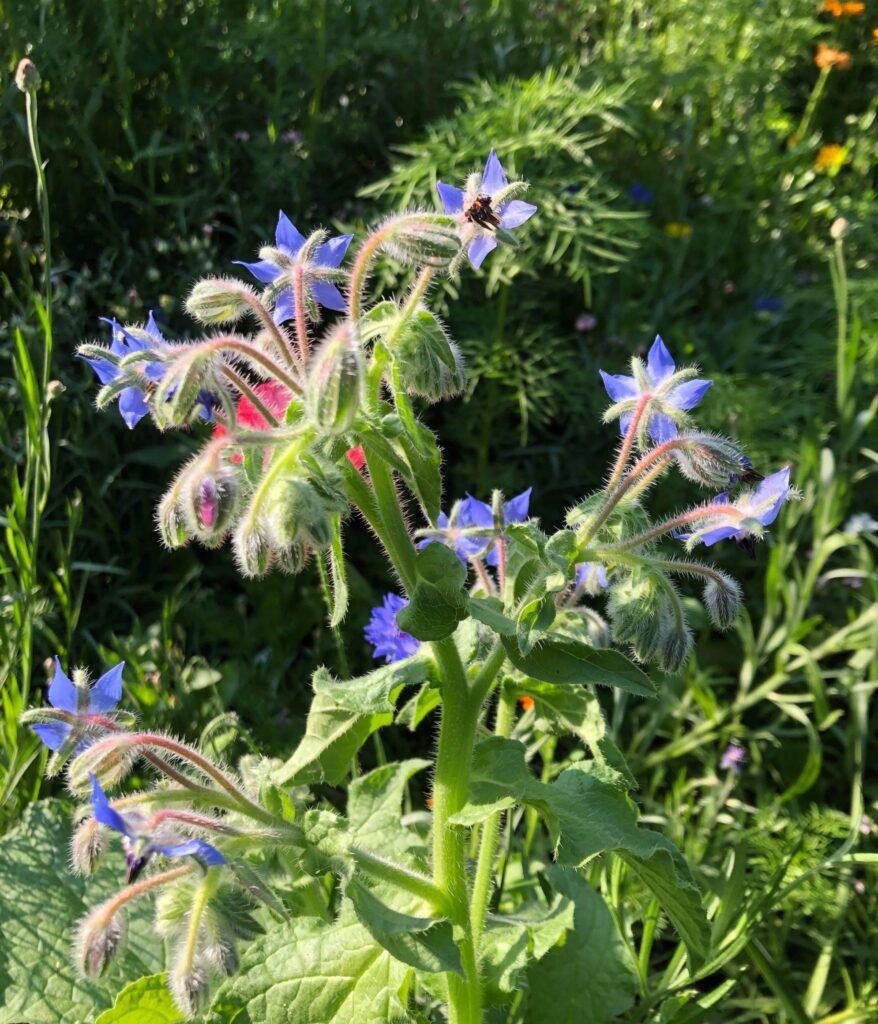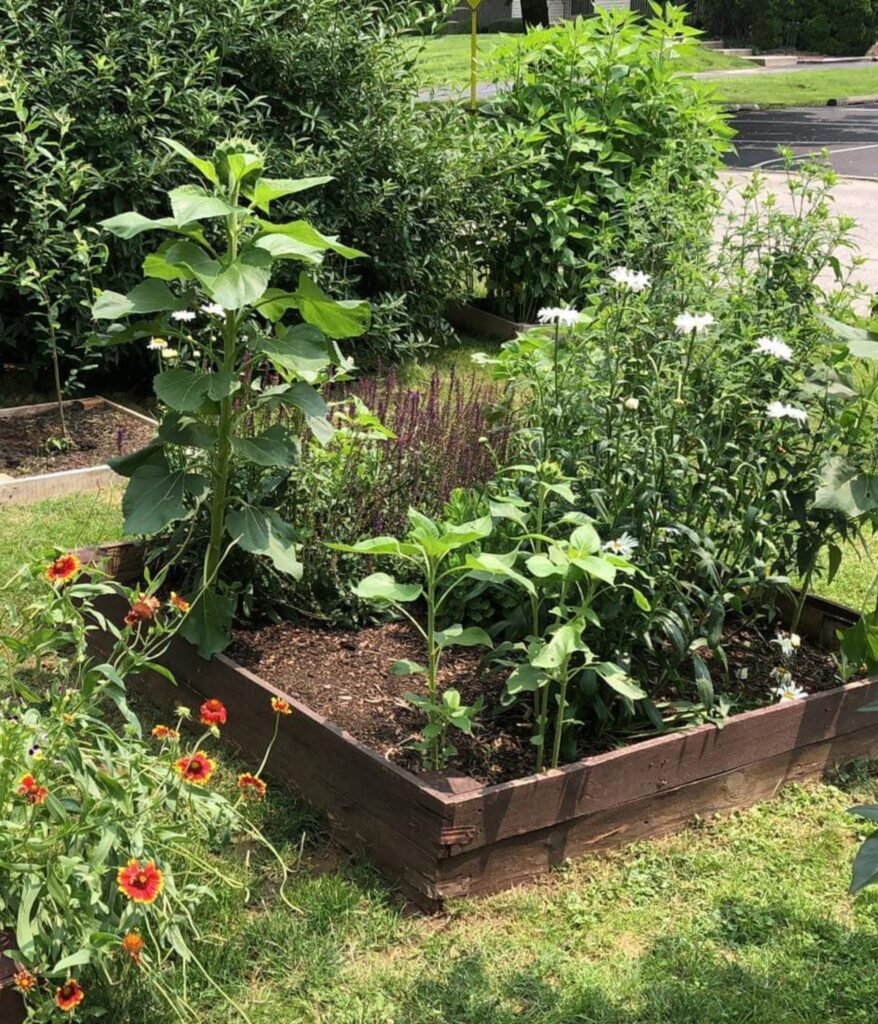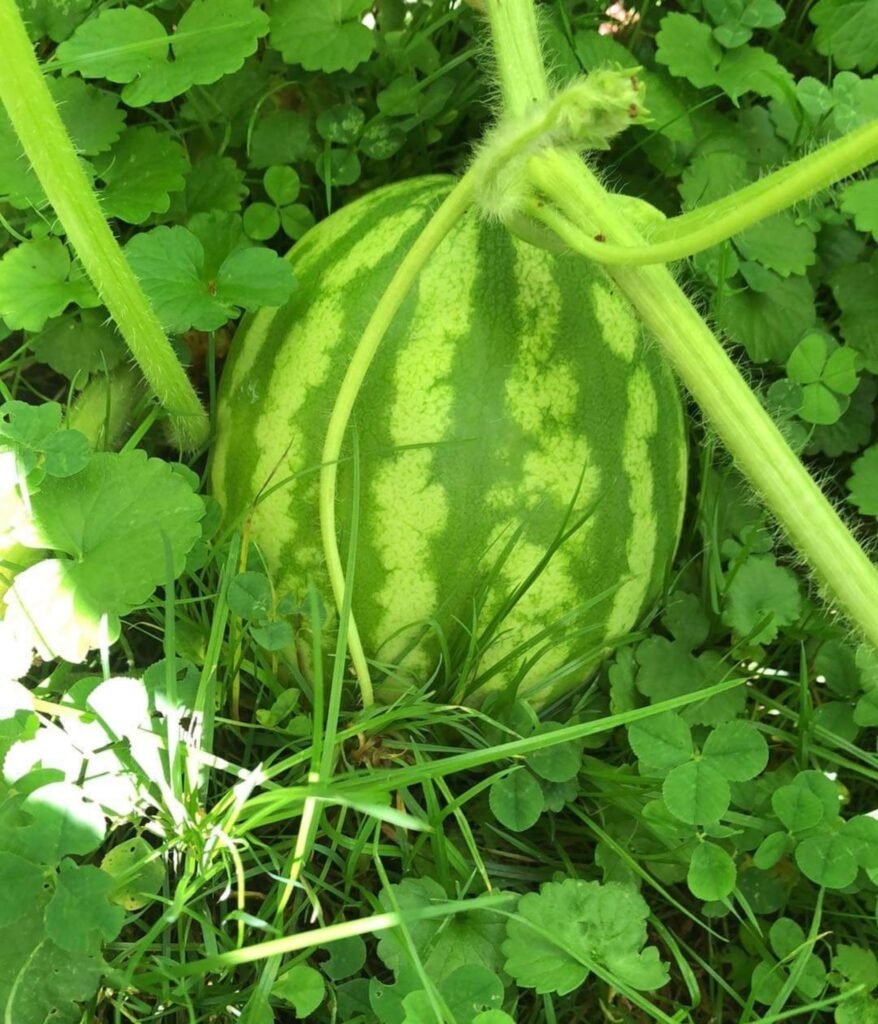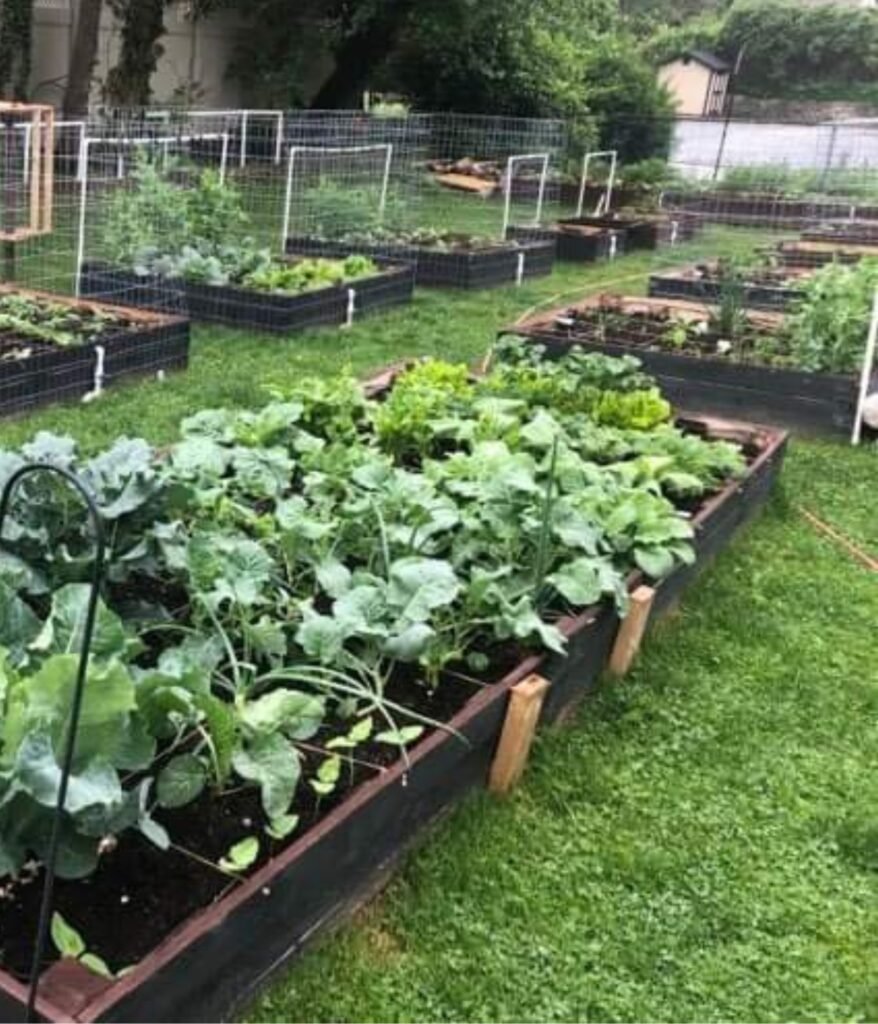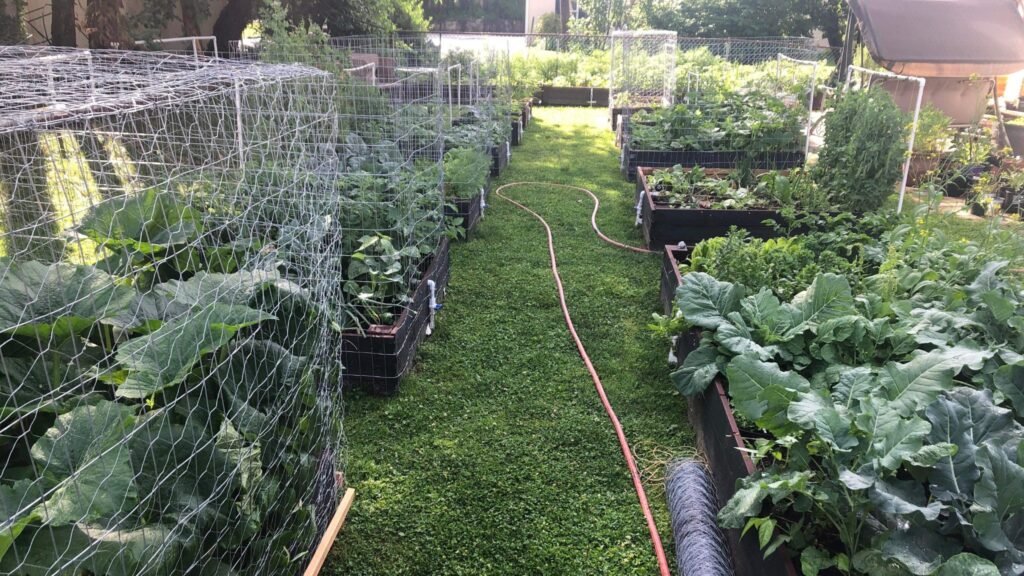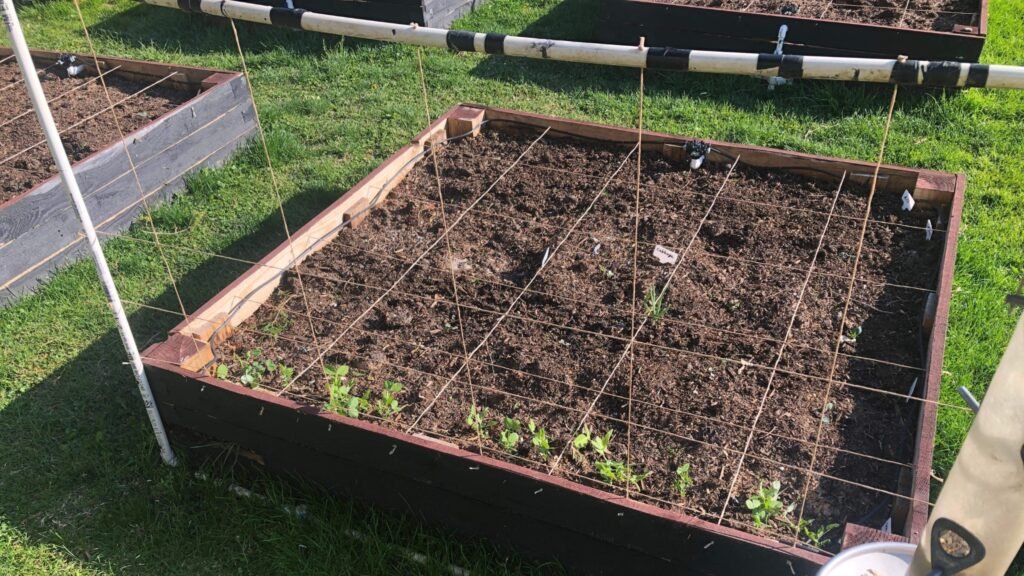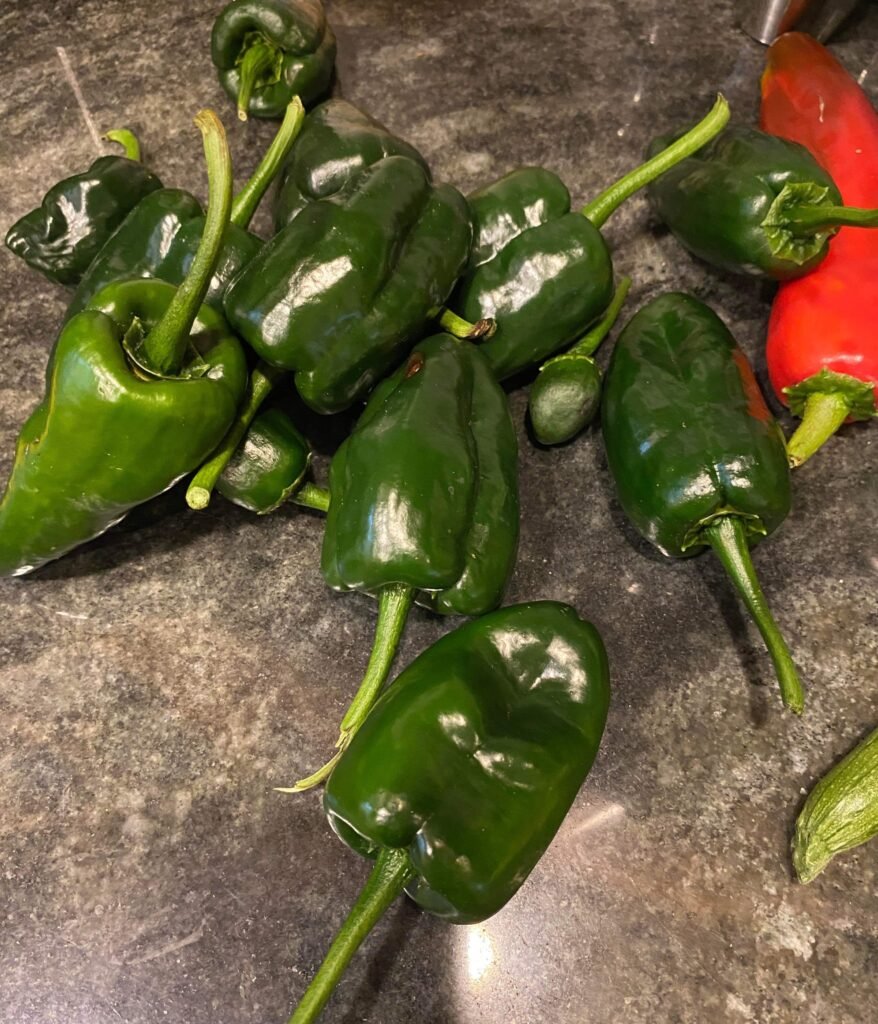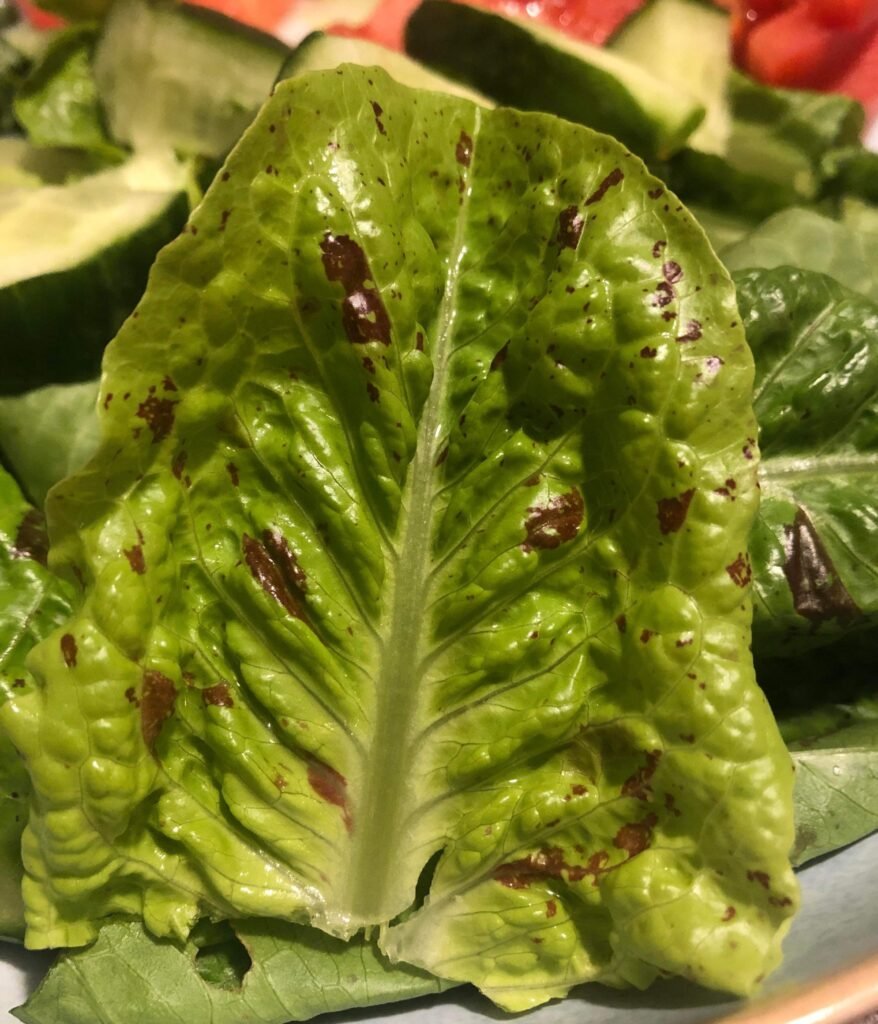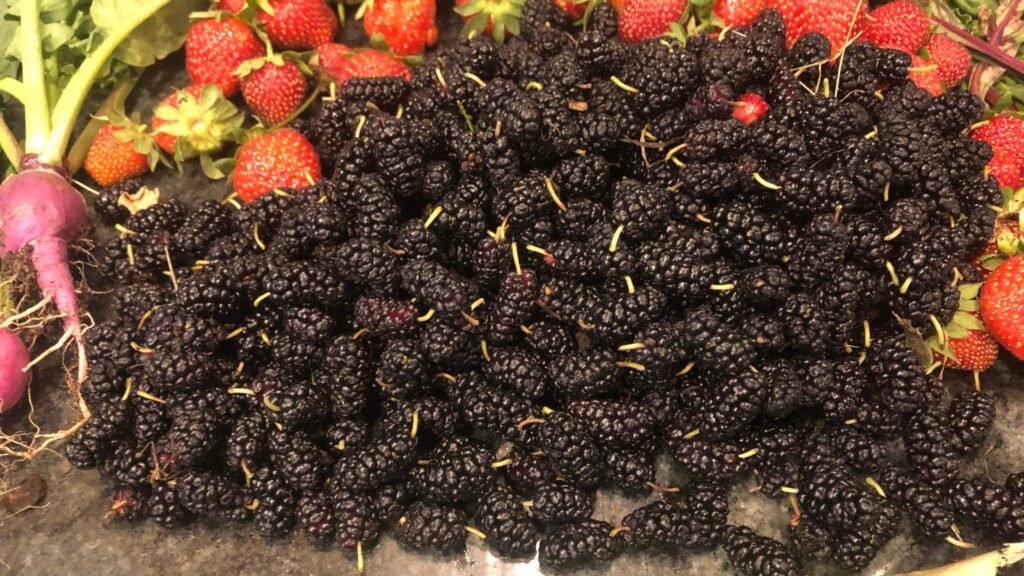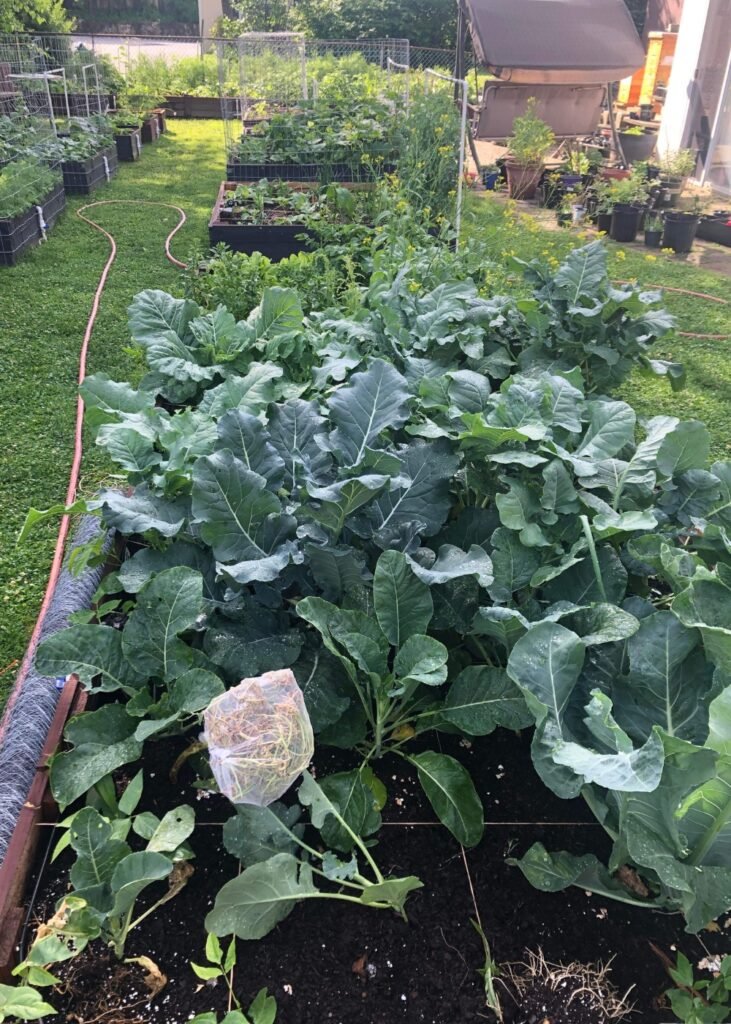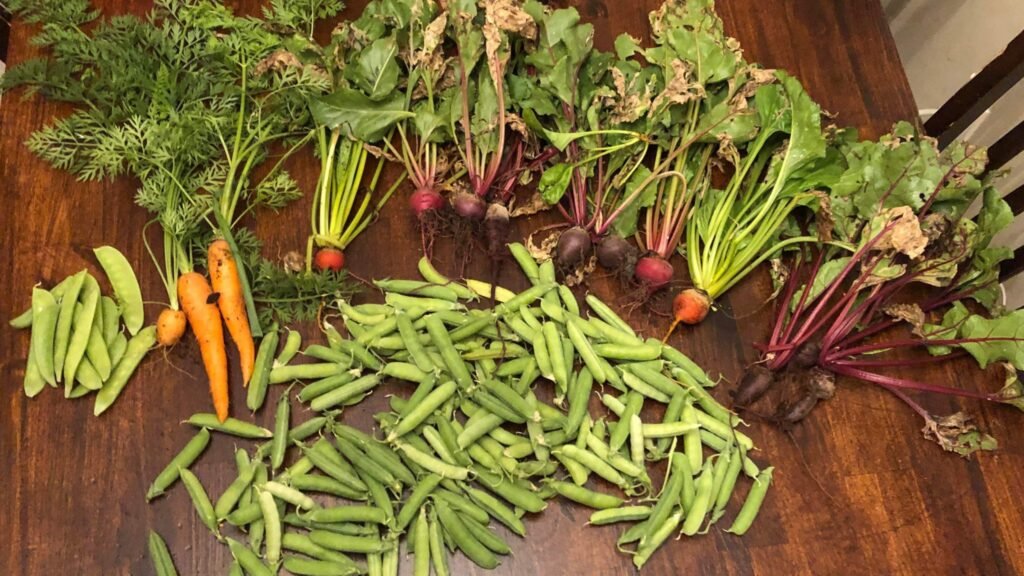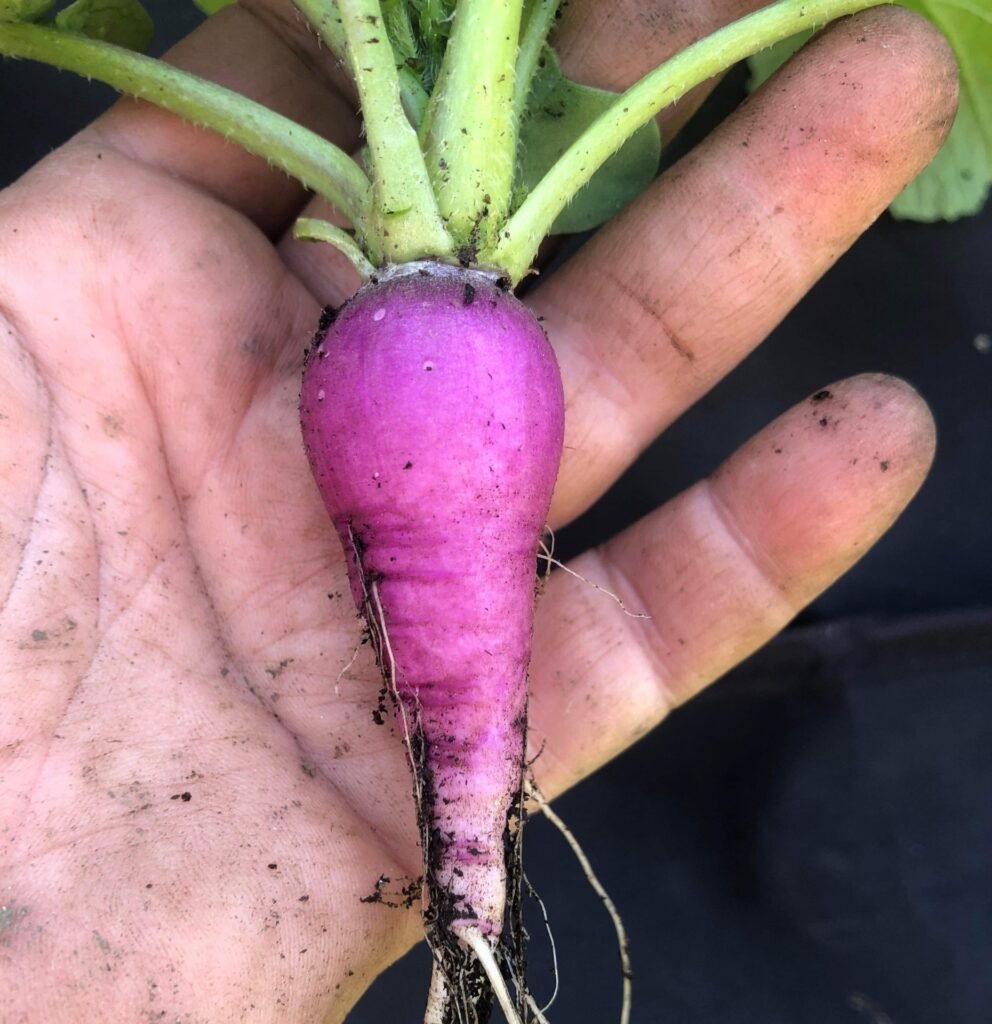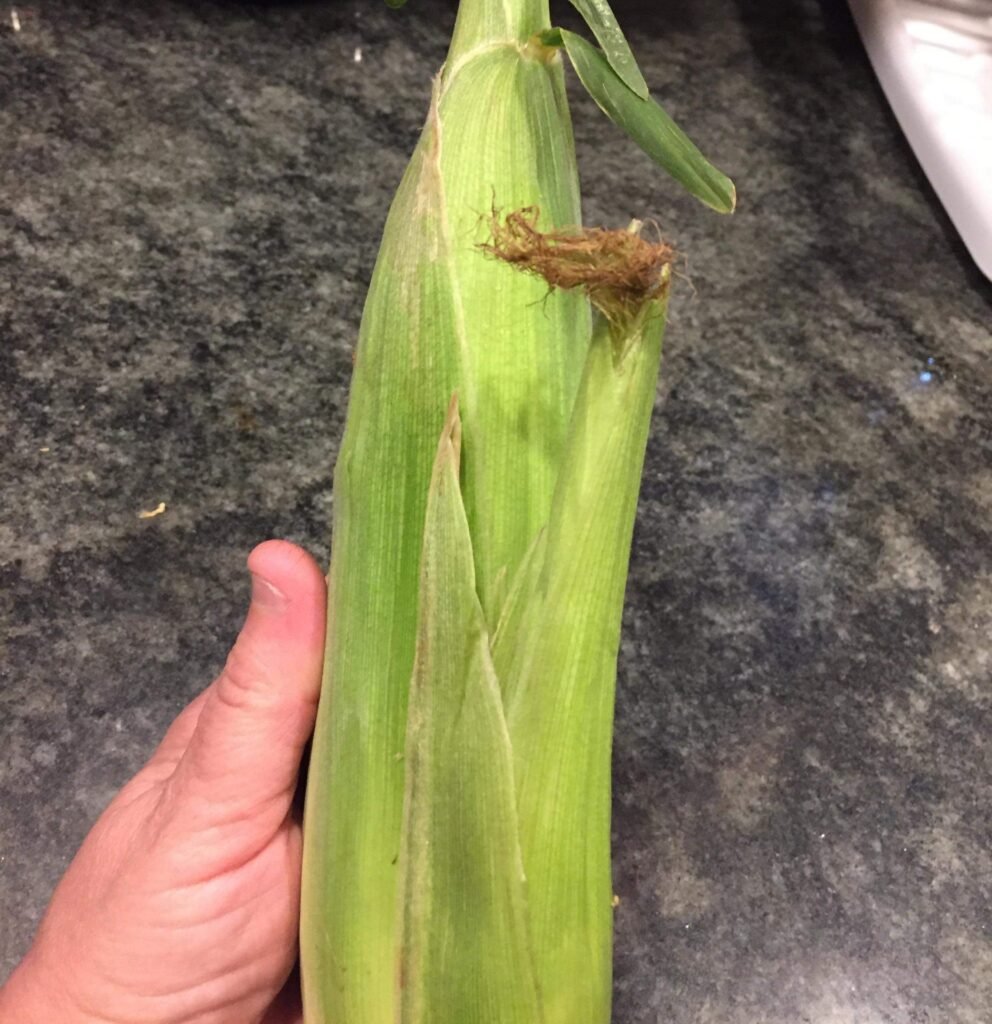Starting a home garden may seem intimidating, especially for beginners. However, with a little planning and preparation, anyone can create a thriving garden. Here are some essential steps to get you started:
- Choose the Right Location: Assess your available space and determine the best location for your garden. Consider factors such as sunlight exposure, soil quality, and accessibility.
- Prepare the Soil: Ensure that your soil is fertile and well-draining. Remove any weeds or debris and amend the soil with organic matter such as compost or aged manure.
- Decide on the Garden Type: Consider the type of garden that suits your space and needs. Options include raised beds, container gardens, vertical gardens, or traditional in-ground gardens.
- Select the Right Plants: Choose plants that are suitable for your climate, soil, and available sunlight. Consider your preferences and the purpose of your garden, whether it’s growing vegetables, herbs, flowers, or a combination.
- Start Seeds or Buy Transplants: Decide whether you want to start your plants from seeds or purchase transplants from a local nursery. Starting from seeds allows for more variety and control, but it requires additional time and effort.
- Plant and Maintain: Follow the planting instructions for each plant, ensuring proper spacing and watering. Regularly monitor your garden for pests and diseases, and take necessary steps to prevent or treat them.
- Provide Care and Maintenance: Water your plants regularly, provide adequate nutrients, and protect them from extreme weather conditions. Weed your garden regularly to prevent competition for resources.
- Harvest and Enjoy: As your plants mature, harvest the fruits of your labor and enjoy the fresh produce. Share the bounty with family, friends, or neighbors, fostering a sense of community and connection.
Remember, gardening is a continuous learning process, and it’s important to be patient and adaptable. Don’t be discouraged by setbacks or failures; instead, embrace them as opportunities to learn and improve. With time and experience, you will develop the skills and knowledge necessary to create a flourishing home garden.
To ensure success in your home gardening endeavors, it’s important to have the right tools and supplies on hand. Here are some essential items that every gardener should have:
- Gardening Gloves: Protect your hands from cuts, blisters, and thorns with a sturdy pair of gardening gloves. Look for gloves that are comfortable, durable, and provide a good grip.
- Hand Trowel: A hand trowel is a versatile tool that helps with digging, planting, and transplanting. Look for a trowel with a comfortable handle and a sturdy blade.
- Pruning Shears: Pruning shears are essential for trimming and shaping plants. Invest in a good pair of shears that are sharp, lightweight, and easy to handle.
- Watering Can or Hose: Ensure that your plants receive an adequate water supply with a watering can or hose. Choose a watering can with a long spout or a hose with a spray attachment for precise watering.
- Garden Fork: A garden fork is useful for loosening soil, removing weeds, and turning compost. Look for a fork with sturdy tines and a comfortable handle.
- Garden Rake: A garden rake helps to level the soil, remove debris, and smooth out the surface. Choose a rake with sturdy tines and a comfortable handle.
- Garden Hoe: A garden hoe is useful for breaking up soil, removing weeds, and creating furrows for planting. Look for a hoe with a sharp blade and a sturdy handle.
- Plant Labels: Keep track of your plants with plant labels. Use weather-resistant labels that can withstand outdoor conditions.
- Plant Supports: Provide support for plants that require it, such as tomatoes or climbing plants. Choose stakes, cages, or trellises that are appropriate for the size and weight of your plants.
- Organic Fertilizer and Mulch: Feed your plants with organic fertilizer to promote healthy growth. Mulch helps to conserve moisture, suppress weeds, and improve soil fertility.
Having these essential tools and supplies on hand will make your gardening experience more enjoyable and efficient. Invest in quality items that will last, and remember to clean and maintain your tools regularly to prolong their lifespan. With the right tools, you’ll be well-equipped to tackle any gardening task that comes your way.
When it comes to choosing plants for your home garden, there are several factors to consider. Here are some tips to help you make the best selections:
- Consider Your Climate: Choose plants that are well-suited to your specific climate and growing conditions. Some plants thrive in hot and dry climates, while others prefer cooler and more humid environments.
- Assess Sunlight Exposure: Determine the amount of sunlight your garden receives throughout the day. Select plants that match the light requirements of your garden, whether it’s full sun, partial shade, or full shade.
- Evaluate Soil Quality: Take a soil sample and test it to determine its pH level and nutrient content. Different plants have different soil requirements, so choose plants that are compatible with your soil type.
- Choose the Right Plant Type: Consider the purpose of your garden and the type of plants you want to grow. Options include vegetables, herbs, flowers, or a combination. Select plants that align with your preferences and gardening goals.
- Research Plant Care Requirements: Learn about the specific care requirements of each plant, including watering needs, fertilization, and pruning. Choose plants that fit well with your gardening skills, available time, and resources.
- Consider Companion Planting: Explore the concept of companion planting, where certain plants are grown together to benefit each other. Some plants repel pests or attract beneficial insects, while others improve soil fertility or provide shade.
- Explore Native and Local Varieties: Consider growing native or locally adapted plant varieties. These plants are well-suited to your climate and often require less maintenance and resources.
- Experiment and Have Fun: Don’t be afraid to try new plants and experiment with different varieties. Gardening is a learning process, and each season presents an opportunity to expand your knowledge and skills.
Remember, gardening is a personal and creative endeavor. Choose plants that resonate with you and reflect your unique tastes and preferences. By selecting the right plants for your home garden, you’ll increase your chances of success and create a beautiful and thriving outdoor space.
Maintaining a successful home garden requires consistent care and attention. Here are some tips to help you keep your garden healthy and thriving:
- Water Regularly: Ensure that your plants receive an adequate water supply, especially during dry periods. Water deeply and avoid shallow watering to encourage deep root growth.
- Mulch: Apply a layer of organic mulch around your plants to conserve moisture, suppress weeds, and regulate soil temperature. Mulch also helps improve soil fertility as it breaks down over time.
- Fertilize: Feed your plants with organic fertilizers to provide essential nutrients for growth. Follow the instructions on the fertilizer package and avoid over-fertilizing, as it can harm your plants.
- Weed Control: Regularly remove weeds to prevent competition for resources and reduce the risk of pests and diseases. Use mulch, hand pulling, or organic weed control methods to keep your garden weed-free.
- Pruning and Deadheading: Prune your plants to remove dead or diseased branches, promote airflow, and shape the plant. Deadheading, or removing spent flowers, encourages new blooms and prolongs the flowering season.
- Pest and Disease Management: Monitor your garden for pests and diseases and take appropriate action to prevent or treat them. Use organic pest control methods whenever possible to minimize the use of harmful chemicals.
- Harvest Regularly: Harvest fruits and vegetables when they are ripe to encourage continuous production. Regular harvesting also prevents overcrowding and ensures that plants receive adequate resources.
- Rotate Crops: Practice crop rotation to prevent the buildup of pests and diseases in the soil. Avoid planting the same crop in the same location year after year.
- Observe and Learn: Pay attention to your garden and observe how plants respond to different conditions. Learn from your successes and failures, and make adjustments as needed.
- Enjoy the Process: Gardening is a journey, not just a destination. Enjoy the process of nurturing and caring for your plants, and take time to appreciate the beauty and tranquility of your garden.
By following these maintenance tips, you’ll create an environment that promotes healthy plant growth and minimizes the risk of pests and diseases. Remember, each garden is unique, and it’s important to tailor your maintenance routine to suit your specific garden conditions and plant requirements.
While home gardening can be a rewarding and fulfilling experience, it also comes with its fair share of challenges. Here are some common challenges that gardeners face and tips on how to overcome them:
- Lack of Time: Many people struggle to find time for gardening amidst their busy schedules. Consider starting with a small garden or growing low-maintenance plants that require minimal care. Plan your gardening tasks in advance and break them down into manageable chunks.
- Limited Space: If you have limited space, get creative with your gardening options. Explore vertical gardening, container gardening, or even community gardening. Utilize unused spaces such as balconies, rooftops, or windows

